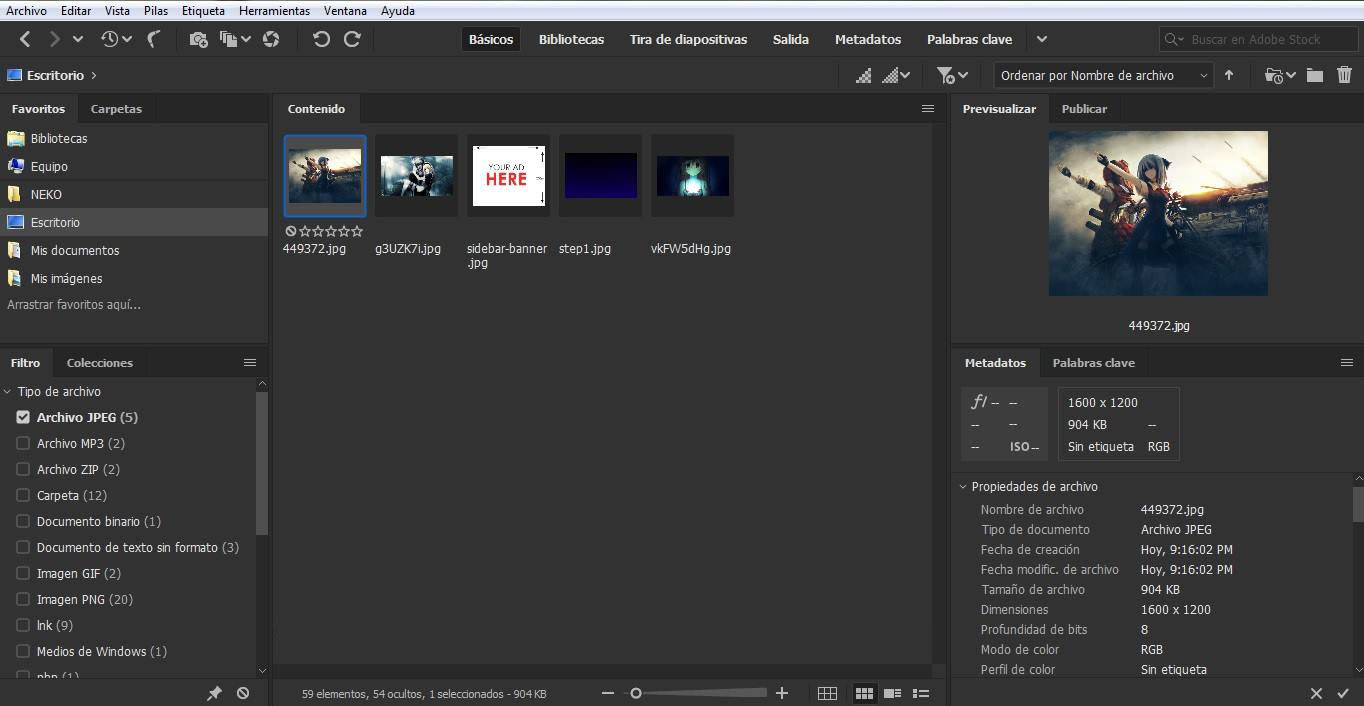

The first thing you want to do is configure Bridge so that it can use the Adobe Camera Raw interface without needing to also open Photoshop. While many photographers use Lightroom as their primary workflow tool, Adobe Bridge CS6 is extremely useful for many different reasons, and here at SLR Lounge we use both programs side by side! The Video 1.) Open ACR Without Photoshop Both of these programs use what is called “non-destructive editing”, and allow you to batch edit large volumes of images at once. If you process high volumes of RAW photos, we highly recommend a Bridge or Lightroom workflow that is maximized for speed. (The SLR Lounge Preset System, for example, is created for Adobe Bridge CS6 and Lightroom 4 ONLY, because it relies on the 2012 Process Version to function) While this makes Adobe Bridge CS6 (and Adobe Lightroom) extremely powerful, it does mean that things like presets are NOT compatible between the programs. The main difference between Adobe Bridge CS6 and all previous versions is, of course, the new process version that has completely revolutionized RAW (non-destructive) processing techniques. Many of these tips may also be applicable to previous versions of Adobe Bridge, for those of you who have CS5 or CS4. Top Adobe Bridge Tipsįor those of you who use Adobe Bridge, (even if you also use Adobe Lightroom for some of your work) here are our top five tips for maximizing your workflow in Adobe Bridge and Camera Raw! But take a look at this video from Adobe that will introduce, or re-introduce Bridge to you with some of its great features, and for things you probably didn’t know it could do. Thumbnail views of almost all filetypes are shown including PSD, RAW, and INDD is also a plus. With cross platform 64-bit support and now support for high resolution screens, it’s perfect for browsing, inspecting, culling, and applying edits. So without other programs, you can use Bridge as a centralized location that grants access to pretty much all the media assets you have. This decoupling means the delivery of the application can be independent, as can be its use. Adobe has released a bit of a teaser video that does a good job highlighting how Bridge can be used, and why it deserves some attention.īridge used to be installed alongside other applications, but now comes as a standalone, and that in itself is a nod to its utility. Sure, I can hear some of you now scoffing at that, readying your comments about how long you’ve been using it, but truly, there are more who don’t, and probably should. But the step-child of a program has come of age in recent incarnations, and can be an indispensable tool. With Photohop’s pixel-bending capability, and Lightroom’s easy organizational structure and even simpler editing structure with a Camera Raw engine, Bridge seemed to fit into the picture Meg sits in Family Guy – seemingly adopted. But it’s also so much to it, and so much more.įor a lot of Adobe users, and until about a year ago for even myself, Adobe Bridge was largely neglected. Like a focus ring, it allows you to defocus what’s not wanted, and see clearly all your media assets on your hard drive or network without needing to catalogue or database it all. Adobe Bridge, at its core, is a complex and powerful media manager for visual people.


 0 kommentar(er)
0 kommentar(er)
